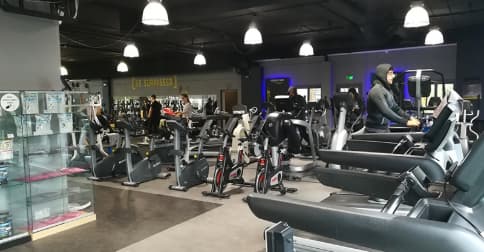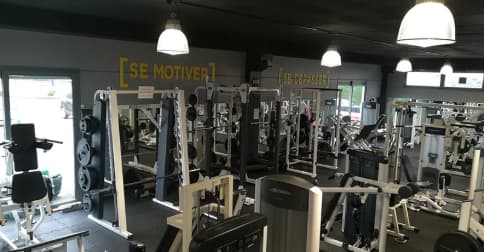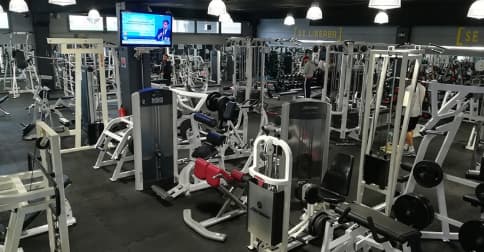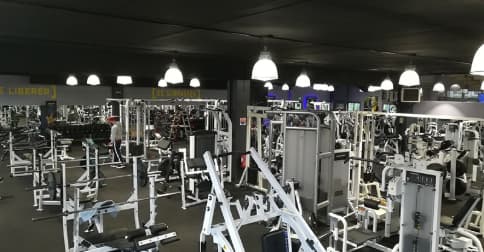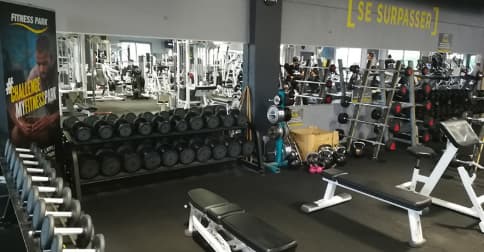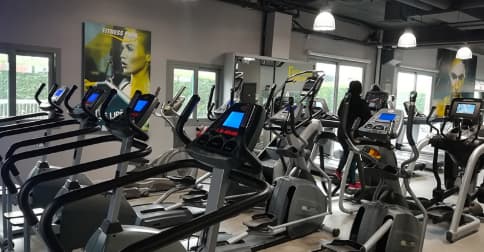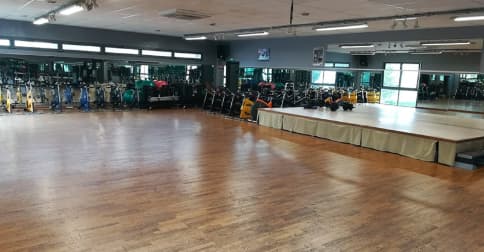Découvre le club Fitness Park Gaillard situé dans la ZAC de la Châtelaine. Réparti sur plus de 1400m², le club t’offre un large choix d’activités et d’équipements Technogym pour t’entraîner à la perfection : musculation, cardio-training et cours collectifs. Que ton objectif soit de te muscler, t’affiner ou te remettre en forme, Fitness Park t’accompagne dans ta réussite personnelle. Comment accéder à la salle de sport ? Bus 6. Arrêt : Annemasse-Châtelaine. INFORMATIONS PRATIQUES SERVICES DU CLUB LES POINTS FORTS *En supplément Le club de sport Fitness Park Gaillard t’accueille sur 1400m² d’espace de pratique : musculation, cardio, cours-collectif. Plus de 100 machines et équipements Technogym, disponibles en libre accès 7J/7 - 24h sur 24. Retrouve des coachs sportifs disponibles pour tous tes entraînements. Retrouve un espace de 450m² pour tes séances. Des programmes de base aux plus complexes, la salle de fitness Fitness Park Gaillard est équipée de machines de musculation dernière génération Technogym pour maximiser tes performances lors de tes séances. Débute la musculation dans les meilleures conditions. Nos machines de fitness à charges guidées te permettent d’évoluer pour atteindre tes objectifs de musculation. Progresse avec une préparation physique millimétrée, dans un espace conçu parfaitement pour tes séances de musculation. Entraîne-toi aussi comme un athlète. Retrouve des équipements de musculation à charges libres performants pour développer ta masse musculaire. Travaille l’ensemble du corps et améliore ton renforcement musculaire dans l’espace dédié aux entraînements cardio. Entraîne-toi pour te remettre en forme, dépenser un maximum de calories, perdre du poids et développer ton endurance. Fitness Park Gaillard met à disposition plus 30 équipements de fitness et de cardio Technogym pour atteindre tous tes objectifs fitness : rameurs, vélos elliptiques, simulateurs d’escaliers ou encore tapis de course. Choisis l’excellence pour t'entraîner dans des conditions optimales ! Quel que soit ton niveau, nos coachs sportifs peuvent t’accompagner et te guider pour tes premiers entraînements. Réalise des séances circuit-training adaptées à ton objectif personnel pour rapidement progresser. Que tu sois à la recherche d’une meilleure forme physique ou d’une silhouette affinée, le cardio-training est la discipline à privilégier. Elle permet de tonifier les muscles et d’augmenter la résistance à l’effort. Travaille ton cardio, tes cuisses, ton endurance, ta souplesse ou encore tes abdos grâce aux cours collectifs encadrés par des coachs diplômés. Varie tes trainings et progresse à ton rythme grâce à une gamme de cours collectifs diversifiées : cuisses-abdos-fessiers (FAQ), body-pump, body-attack, RPM et body-balance. Avec ton abonnement Fitness Park, tu peux accéder en illimité à tous les cours. Les cours collectifs sont le meilleur moyen pour reprendre le sport et d’entretenir ta forme physique. Avec plus de 30 cours répartis sur l'ensemble de la semaine, tu peux réaliser tes séances à n’importe quel moment. A toi de choisir en fonction de tes objectifs et de tes envies ! Nous proposons dans tous les clubs Fitness Park un espace Musculation, Cardio & Cross-Training afin que tu puisses venir t'entraîner dans les meilleurs conditions. Fitness Park te propose plusieurs offres au choix dès 19€/ 4 semaines* : Avec ou Sans Engagement avec l'offre classique, Access + et Ultimate et l'offre Jeunes. Découvre-les ! Nous proposons plus de 10 cours collectifs différents, il ne te reste plus qu'à choisir ! Découvrir les activités Le club de Gaillard est ouvert 7J/7 et 24h/24h. Viens t'entrainer à n'importe quelle heure de la journée !SALLE DE SPORT Gaillard
Musculation, Fitness, Cours Collectif & Cardio-Training
06:00 - 23:00
Samedi 10:00 - 19:00
Fermé le dimanche
Fitness Park Gaillard
Club de sport, fitness & remise en forme
Parking gratuit
Climatisation
Casier de recharge téléphonique
Douche individuelle
Produit désinfectant
Wifi gratuit
Musculation
Cardio training
Biking
Espace Abdos Stretching
Cours collectifs coachés
Espace détente
Equipements haut de gamme
Service de qualité
Libre accès dans tout le réseau
ACTIVITÉS
Espace Musculation
Conçu pour développer ta force
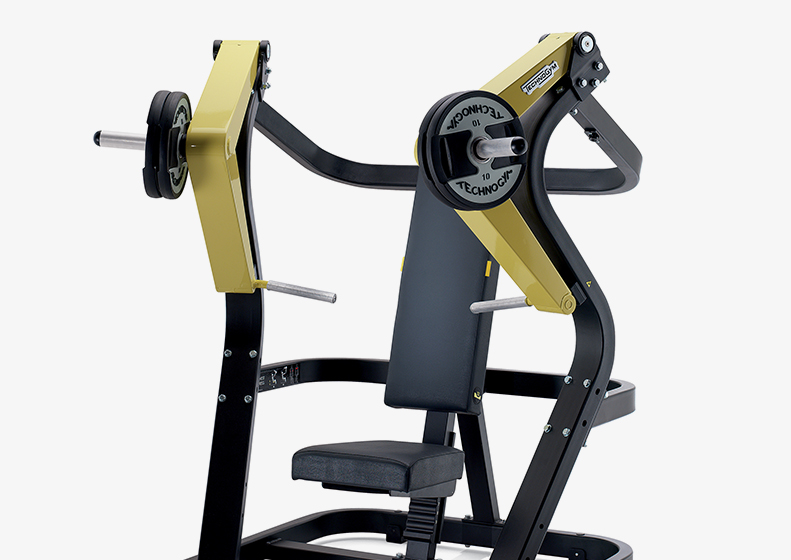
Espace cardio-training
Idéal pour te remettre en forme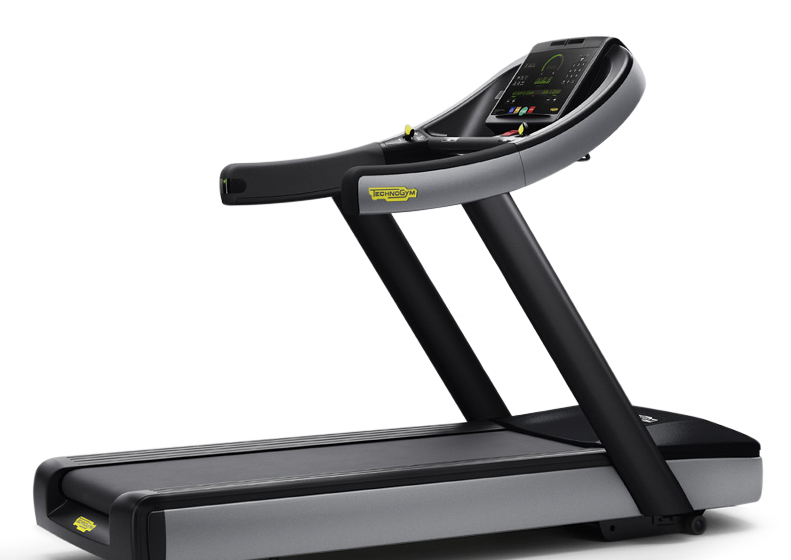
Espace Cours Collectifs
Plus de 160 cours disponibles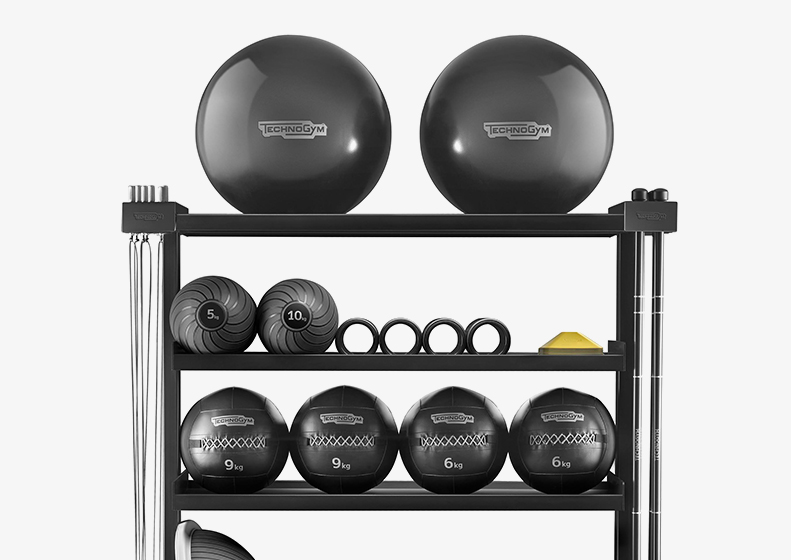
Questions &
RéponsesQuelles sont les activités proposées dans les clubs Fitness Park ?
Quelles sont les offres proposées dans les salles de sport Fitness Park ?
Quels sont les cours collectifs proposés dans le club Fitness Park de Gaillard ?
Quelles sont les horaires d'ouvertures de la salle de sport Fitness Park Gaillard ?
Pourquoi s’entraîner
chez nous ?
Fitness Park, la marque de fitness préférée des Français*
Un réseau de plus de 260 salles en France et à l'étranger
Espaces Cardio-Training, Musculation libre et guidée
Une communauté de passionnés !
Cage de Cross-Training et accessoires complets
Matériel haut de gamme et connecté
Cours collectifs vidéo exclusifs
Wifi gratuit
* Offre non cumulable valable pour toute souscription à un abonnement classic avec engagement d'un an soit 13 périodes de 4 semaines, hors l'adhésion de 30€ à l'inscription et la participation au renouvellement matériel de 9€ à régler une seule fois.
 Offre spéciale : Les 4 premières semaines à 19€
Offre spéciale : Les 4 premières semaines à 19€





